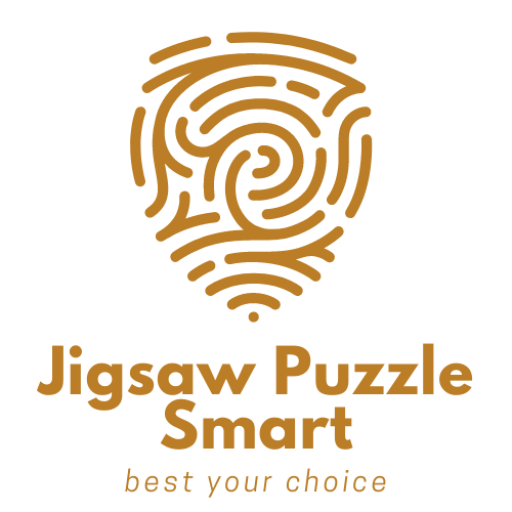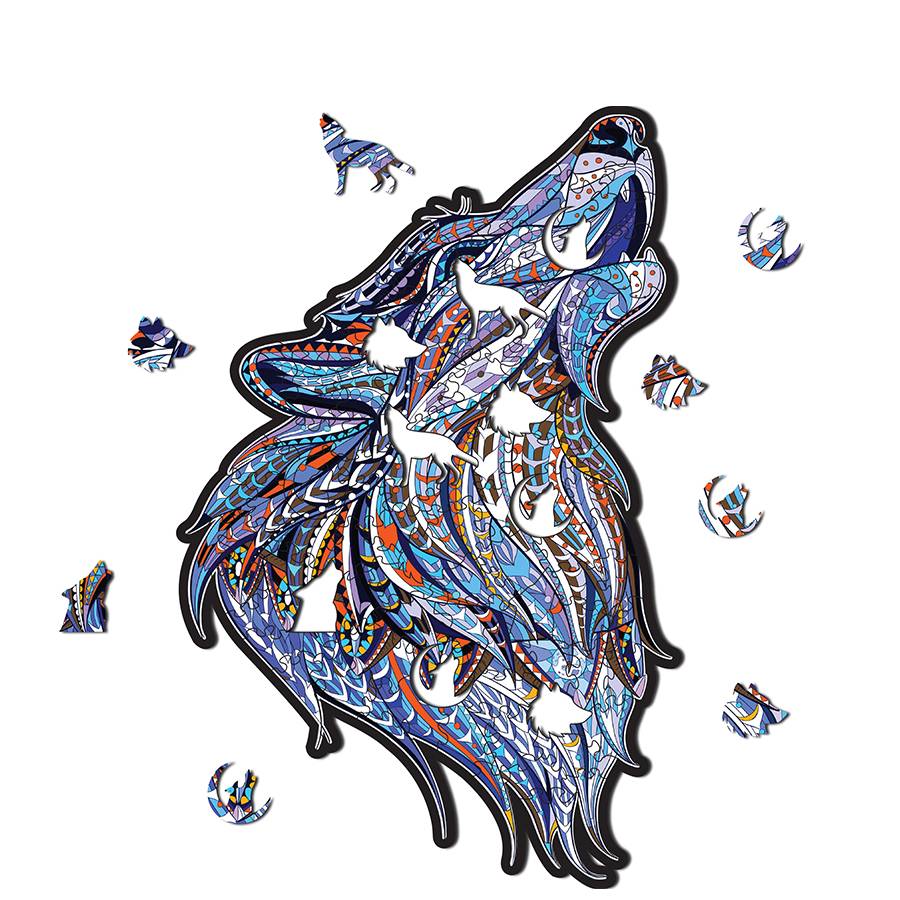Uncategorized
History
John Spilsbury is believed to have produced the first jigsaw puzzle around 1760, using a marquetry saw.
Early puzzles, known as dissections, were produced by mounting maps on sheets of hardwood and cutting along national boundaries, creating a puzzle useful for teaching geography. Royal governess Lady Charlotte Finch used such “dissected maps” to teach the children of King George III and Queen Charlotte Cardboard jigsaw puzzles appeared in the late 1800s, but were slow to replace wooden ones because manufacturers felt that cardboard puzzles would be perceived as low-quality, and because profit margins on wooden jigsaws were larger.
British printed puzzle from 1874.
The name “jigsaw” came to be associated with the puzzle around 1880 when fretsaws became the tool of choice for cutting the shapes. Since fretsaws are distinct from jigsaws, the name appears to be a misnomer.
Wooden jigsaw pieces, cut by hand
Jigsaw puzzles soared in popularity during the Great Depression, as they provided a cheap, long-lasting, recyclable form of entertainment. It was around this time that jigsaws evolved to become more complex and appealing to adults. They were also given away in product promotions and used in advertising, with customers completing an image of the promoted product.

